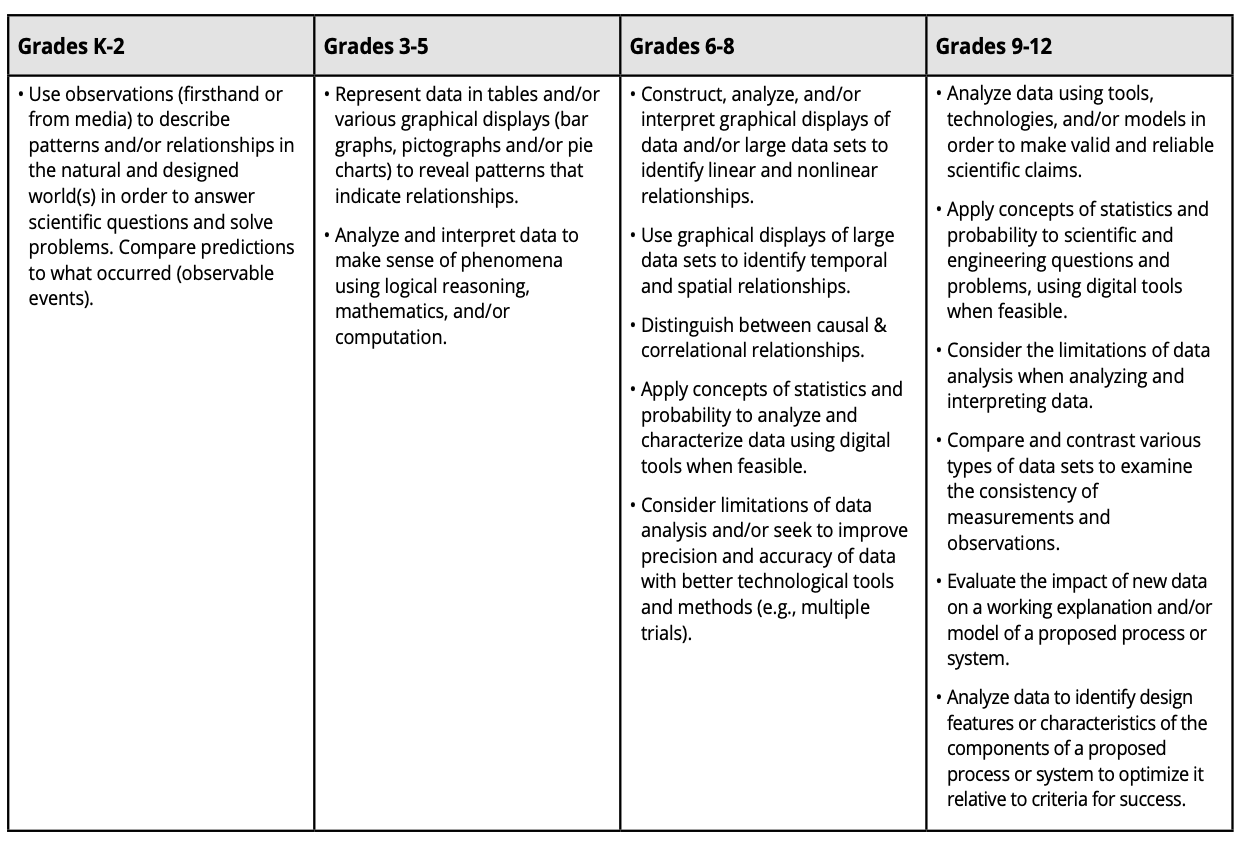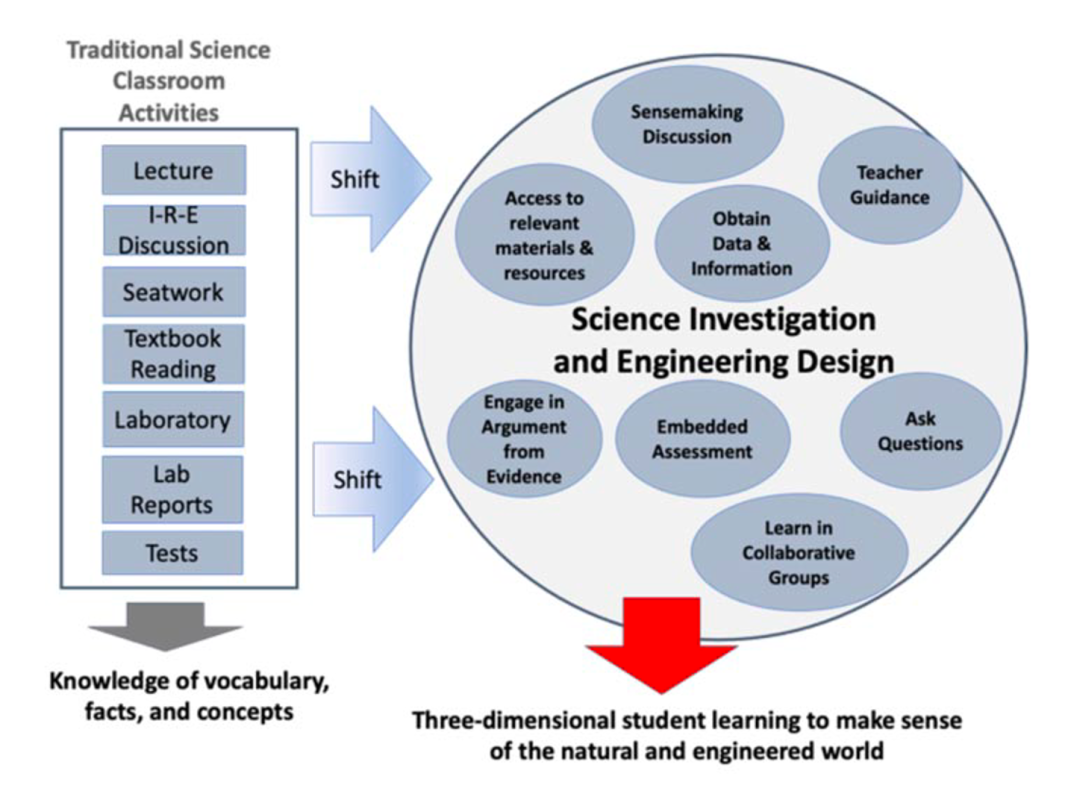Nancy Butler Songer, Associate Provost of STEM Education at the University of Utah, considers the importance of developing primary and secondary school programs in STEM fields that support students in developing the competencies with big data
We all know something about Big Data. This term describes massive volumes of structured and unstructured data that influence nearly every decision in our lives. A recent report by the United States National Academies of Sciences, Engineering, and Medicine stated, ‘We live in a world where nearly every interaction—both personal and professional—is mediated through data’. (1) As dedicated scientists and educators, it is our crucial responsibility to develop and evaluate primary and secondary school programs in Science, Technology, Engineering, and Mathematics (STEM) that can identify and guide students in developing the competencies with data that students need to navigate the Big Data world of the present and future. But what are these competencies?

Data literate students
First, we need students who are data literate, e.g., comfortable gathering, analyzing, and applying data towards explanations or solutions. Second, we need students who are fluent in critical data literacy, e.g., primary and secondary students who can apply critical lenses to distinguish appropriate from inappropriate uses of data. This work is not just important; it’s crucial, as we recognize that ‘ignorance of data is not just a lack of knowledge, it’s harmful to individuals and society’. (1)
STEM learning
In the United States, the Next Generation Science Standards (3) emphasize the perspective that students of all ages, from kindergarten through secondary school, must engage in classroom activities that shift from traditional approaches such as lectures or cookbook laboratories to science investigations and engineering design. This shift places data collection, data analysis, sensemaking, and engaging in arguments from evidence as fundamental to all STEM learning.
This shift also changes what knowledge is essential: from an emphasis on facts or concepts to a focus on knowledge generated through investigation and engineering design, which we call three-dimensional science knowledge. In these classrooms, analyzing and interpreting data are at the core of classroom activities.
Over the past eight years, we have developed instructional programs for youth ages 11-14 that foster data literacy and critical data literacy activities. In the six-week unit, students collect and analyze data on one local invasive insect, such as the Spotted Lanternfly, make predictions of the impact on health, agriculture, or ecological stability, and design a trap to mitigate the effects of the insect. Student data are represented in graphical displays and, along with other information, used to predict how the invasive species can cause damage to the local economy or ecosystem.
Toward the end, students use their data analyses to engage in two rounds of engineering design and build of a solution (insect trap) to catch their local insect, culminating in placing the trap and analyzing data on effectiveness. Critical data literacy is an essential component of the unit, as student teams educate others through presentations of their design, results, and suggestions for addressing the impact on local ecosystems.

Big data of the future
While our work has only begun to address the question of what data competencies students need to navigate the world of our present and future, we welcome continued dialogue on how to build instructional programs that foster not just critical thinking but also ask questions about how to collect and analyze data, what data are needed, who has access, and what are appropriate uses for data. Such thinking is crucial for all our futures.
References
- National Academies of Sciences, Engineering, and Medicine. 2023. Foundations of Data Science for Students in Grades K-12: Proceedings of a Workshop. Washington, D.C. The National Academies Press. https://doi.org/10.17226/26852.
- National Academies of Sciences, Engineering, and Medicine. 2018. Science and Engineering for Grades 6-12: Investigation and Design at the Center. Washington, DC: The National Academies Press. doi: https://doi.org/10.17226/25216.
- NGSS Lead States. 2013. Next Generation Science Standards: For States, By States. Washington, DC: The National Academies Press.

This work is licensed under Creative Commons Attribution-NonCommercial-NoDerivatives 4.0 International.


